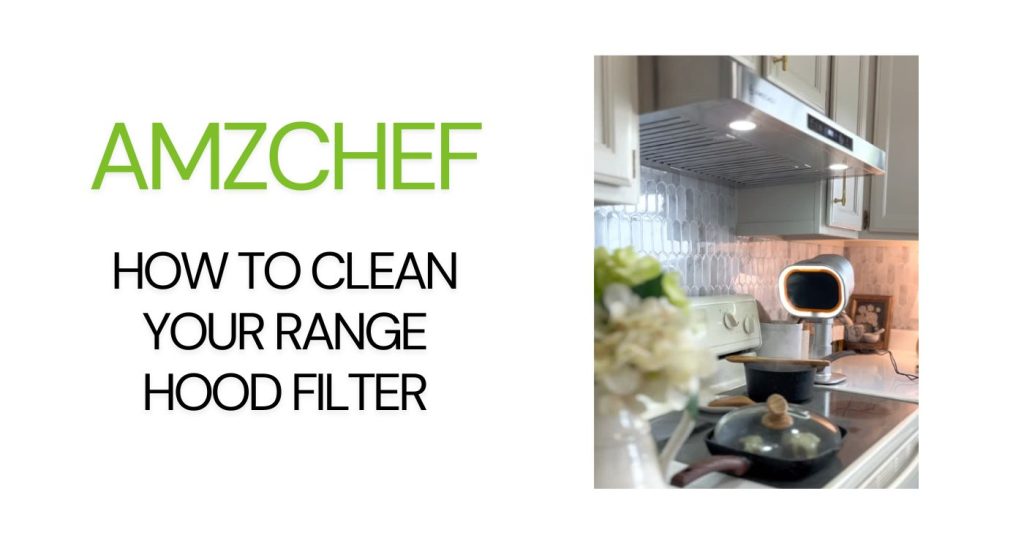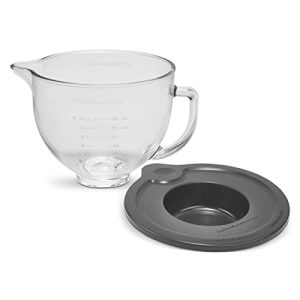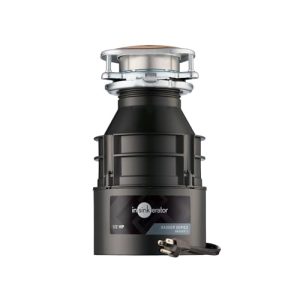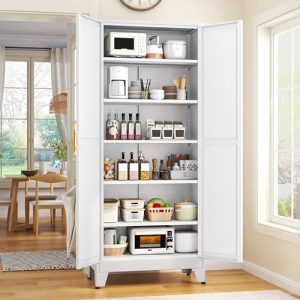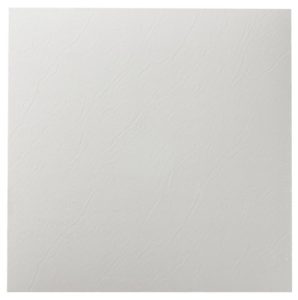Your kitchen hood filter works hard to keep your cooking space fresh and smoke-free. But over time, grease and grime build up, making it less effective and even risky.
If you’ve been wondering how to clean your kitchen hood filter quickly and thoroughly, you’re in the right place. This simple guide will show you easy steps to restore your filter’s performance, save you money, and keep your kitchen safe.
Keep reading—you’ll be surprised at how easy it is to get your filter sparkling clean again!

Credit: www.realtor.com
Why Clean Kitchen Hood Filters
Cleaning kitchen hood filters is essential for maintaining a safe and healthy cooking space. These filters trap grease, smoke, and odors from cooking. Over time, they get clogged and dirty. This buildup reduces their effectiveness and can cause problems.
Regular cleaning keeps the kitchen environment fresh and safe. It also helps appliances work better and last longer. Below are key reasons to keep kitchen hood filters clean.
Health And Safety Benefits
Dirty filters hold grease and bacteria. This can lead to unpleasant smells and germs spreading. Grease buildup is a fire risk. Clean filters reduce the chance of kitchen fires. They also help prevent respiratory issues caused by smoke.
Improved Air Quality
Filters catch smoke, steam, and cooking odors. When clogged, they fail to remove these pollutants. Clean filters keep the air clear and fresh. This makes cooking more comfortable and reduces lingering smells.
Enhanced Appliance Efficiency
Clogged filters slow down airflow. This forces the hood fan to work harder. It uses more energy and wears out faster. Clean filters allow smooth airflow. This helps the hood run efficiently and saves electricity.

Credit: www.realtor.com
Tools And Materials Needed
Cleaning your kitchen hood filter effectively requires having the right tools and materials at hand. Without proper supplies, the task can quickly become frustrating and messy. Gathering everything beforehand saves you time and ensures the job is done thoroughly.
Common Cleaning Supplies
Start with a sturdy basin or bucket to soak the filter. You’ll also need a soft brush or sponge to scrub away grease without damaging the metal mesh.
- Large basin or bucket
- Soft-bristle brush or non-abrasive sponge
- Warm water
- Microfiber cloth for drying
- Old towels or newspapers to protect your workspace
Have you noticed how using a metal brush can ruin your filter? Stick to softer tools to avoid costly replacements.
Recommended Detergents
Not all soaps cut through kitchen grease effectively. A degreasing dish soap or a specially formulated kitchen cleaner works best.
- Dishwashing liquid with grease-fighting properties
- Baking soda (for extra scrubbing power)
- White vinegar (to break down stubborn residue)
Mixing a little baking soda into your detergent can boost cleaning without harsh chemicals. Have you tried this combo yet?
Protective Gear
Protecting your hands and eyes is essential when dealing with greasy filters and cleaning agents. Gloves prevent skin irritation and keep your hands clean throughout the process.
- Rubber or latex gloves
- Safety goggles or glasses (optional but recommended)
- Old apron or clothes you don’t mind getting dirty
Wearing gloves gave me peace of mind and made scrubbing less uncomfortable. What’s your go-to gear for messy chores?
Removing The Filter Safely
Removing the kitchen hood filter safely is the first crucial step in keeping your cooking space clean and efficient. It might seem simple, but a careful approach prevents damage to the filter and your hood. Handling it properly also keeps you safe from sharp edges and potential grease buildup.
Locating The Filter
Most kitchen hood filters are found directly beneath the hood’s main body, covering the fan and vent area. They often look like metal or mesh panels that slide or pop into place. If you’re unsure, check your hood’s manual or look for a latch or handle near the front or sides.
Have you noticed how filters can sometimes blend into the hood design? Take your time to spot any clips or tabs holding it in place before pulling.
Detaching Techniques
Filters usually detach by sliding out, popping open, or unscrewing. Start by gently pressing or lifting any release tabs. Avoid forcing the filter, as this can bend or break it.
Using both hands helps maintain control, especially if the filter is greasy or slippery. If it feels stuck, try wiggling it slightly instead of pulling hard.
Precautions To Take
- Turn off the hood:Ensure the fan and lights are off to avoid accidents.
- Wear gloves:Filters can be sharp and coated with grease, so gloves protect your hands.
- Work on a stable surface:Place the filter on a clean countertop or tray to avoid dropping and damaging it.
- Be mindful of sharp edges:Handle the filter by the frame rather than the mesh to reduce injury risk.
Have you ever cut yourself on a kitchen filter? Taking simple precautions saves you from that painful experience and keeps your cleanup stress-free.
Cleaning Methods To Try
Soaking the kitchen hood filter in hot, soapy water helps loosen grease and dirt. Scrubbing gently with a brush removes stuck-on grime. Rinsing thoroughly and drying well keeps the filter clean and working efficiently.
Cleaning your kitchen hood filter is an essential task that often slips under the radar. Yet, it’s crucial for maintaining a fresh and efficient kitchen. Whether you’ve noticed a lingering odor or decreased performance, these cleaning methods will help you tackle the grime effectively. Let’s dive into some practical and straightforward methods you can try.Soaking In Hot Soapy Water
Start by removing the filter from your kitchen hood. Fill your sink or a large basin with hot water and mix in a generous amount of dish soap. Ensure the water is hot enough to cut through the grease but not so hot that it could warp your filter. Submerge the filter completely and let it soak for at least 10-15 minutes. This will loosen the accumulated grease and grime. After soaking, scrub the filter gently with a soft brush to remove any stubborn residue.Using Baking Soda And Vinegar
Baking soda and vinegar are a dynamic duo when it comes to cleaning. Begin by sprinkling a layer of baking soda over the filter. Then, pour vinegar over it, allowing the fizzing action to work its magic. This reaction helps break down tough grease and grime effortlessly. Let it sit for 10 minutes before rinsing it off with warm water. Remember to dry the filter thoroughly to prevent rusting.Dishwasher Cleaning Option
If you’re short on time, your dishwasher can be a handy ally. Place the filter in the top rack of your dishwasher and run it on a hot cycle. Avoid using the drying cycle to prevent damage. This method is convenient and can be done while you tackle other kitchen chores. However, check the manufacturer’s instructions to ensure your filter is dishwasher safe. What method will you try first? Each one offers a simple yet effective way to keep your kitchen hood filter sparkling clean. A clean filter not only enhances your kitchen’s air quality but also extends the life of your kitchen hood. So, roll up your sleeves and give it a go!Drying And Reinstalling The Filter
After cleaning your kitchen hood filter, the next crucial step is drying and reinstalling it correctly. Proper drying prevents any lingering moisture that could cause rust or mold, while reinstalling ensures your hood works efficiently. Let’s focus on how to handle these steps with care to keep your kitchen fresh and safe.
Proper Drying Techniques
Make sure the filter is completely dry before putting it back. Pat it with a clean towel to remove excess water, then leave it in a well-ventilated area. Avoid placing it in direct sunlight as this can warp the metal or damage the filter material.
Using a fan can speed up drying without causing heat damage. If you’re in a hurry, a hairdryer on a cool setting works well too. Remember, any moisture left can lead to unpleasant odors or even damage your hood over time.
Reattaching The Filter
Carefully align the filter with the slots or hooks in your hood. Most filters click or slide into place—don’t force it, or you might damage the components. If your filter has clips, ensure they snap securely to avoid rattling during use.
Double-check that the filter sits flush against the hood surface. A loose filter won’t trap grease effectively and could fall out. If your hood manual is nearby, it’s worth a quick glance to confirm proper placement.
Testing The Hood
Once the filter is reinstalled, turn on your kitchen hood to test its operation. Listen for unusual noises that might indicate improper fitting. Check if the airflow feels consistent and strong—this means your filter is doing its job.
Have you noticed a difference in air quality or odor after cleaning and reinstalling your filter? If not, you may need to repeat the cleaning process or inspect the hood for other issues. Regular testing helps maintain a healthier kitchen environment.
Maintaining Your Filter Regularly
Maintaining your kitchen hood filter regularly is key to keeping your cooking space safe and efficient. A clean filter traps grease better and improves air quality. Neglecting it can lead to lingering odors, poor ventilation, and even fire hazards.
Recommended Cleaning Frequency
How often should you clean your hood filter? It depends on your cooking habits. For heavy cooking, especially frying, clean the filter every month.
If you cook less frequently or avoid greasy foods, a quarterly cleaning might be enough. Check the manufacturer’s guidelines too—they often suggest specific intervals based on filter type.
Tips To Prevent Grease Build-up
- Use a degreasing spray after each cooking session to keep the filter from getting sticky.
- Wipe down the surrounding hood surfaces regularly to avoid grease spreading.
- Turn on your exhaust fan every time you cook to reduce airborne grease particles landing on the filter.
- Consider installing an additional mesh filter to catch larger grease droplets before they reach the main filter.
Have you noticed how a quick wipe after cooking makes deep cleaning easier? Little habits like this save you from scrubbing hours later.
Signs It’s Time To Replace
Cleaning can only do so much. Over time, filters wear out or become clogged beyond repair. Here are signs you shouldn’t ignore:
- Visible holes or tears in the filter material
- Persistent greasy buildup that doesn’t come off with cleaning
- Unusual noises or reduced airflow from your kitchen hood
- Excessive smoke or odors during cooking despite a clean filter
Have you checked your filter recently? If it shows these signs, replacing it can restore your hood’s performance and keep your kitchen safer.
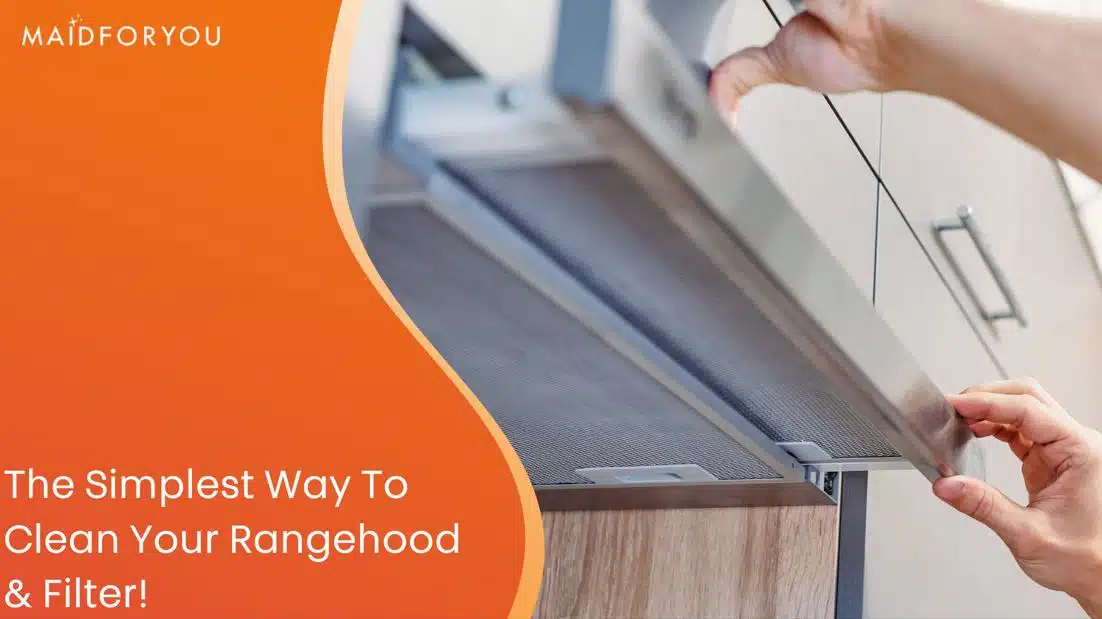
Credit: www.maidforyou.com.au
Frequently Asked Questions
How Often Should I Clean My Kitchen Hood Filter?
You should clean your kitchen hood filter every 1 to 3 months. Frequent cleaning prevents grease buildup and improves air quality. Heavy cooking may require more frequent cleaning to maintain efficiency and safety in your kitchen.
What Materials Do I Need To Clean A Kitchen Hood Filter?
You need hot water, dish soap, baking soda, a soft brush, and a sink or basin. These materials effectively remove grease and grime without damaging the filter. Avoid harsh chemicals that can deteriorate filter materials.
Can I Clean Kitchen Hood Filters In A Dishwasher?
Yes, most metal kitchen hood filters are dishwasher-safe. Use a gentle cycle and avoid high heat to prevent damage. Always check the manufacturer’s instructions before cleaning filters in the dishwasher.
What Is The Best Method To Remove Grease From Filters?
Soak the filter in hot water mixed with dish soap and baking soda for 15-30 minutes. Then scrub gently with a soft brush. This method breaks down grease without harming the filter’s surface.
Conclusion
Cleaning your kitchen hood filter keeps your kitchen fresh and safe. Regular cleaning stops grease buildup and smoke. It also helps your hood work better and last longer. Use simple tools and gentle cleaners for best results. Set a schedule to clean your filter often.
Small efforts make a big difference. Keep your kitchen air clean and your cooking space healthy. A clean filter means easier cooking and less worry. Simple steps, great results.

Sophie Hartwell is the founder of KitchenQuik.com, where she shares kitchen tips, smart cooking hacks, and the best product picks to make everyday cooking easier and more enjoyable.
